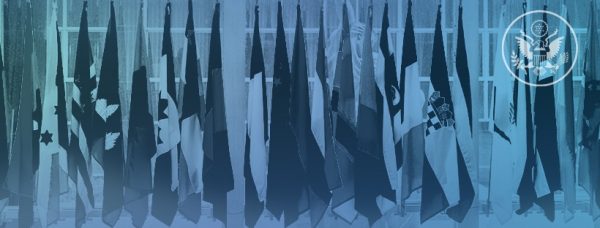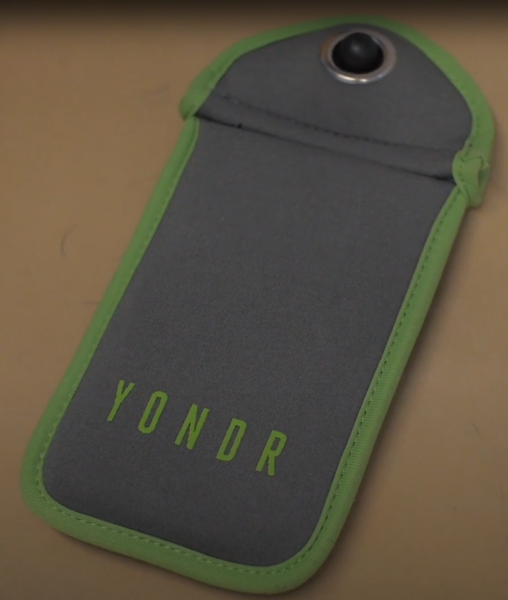Kadadi finalist in Khan competition
Over 5,000 competitors entered the Breakthrough Junior Challenge this year, an annual contest open to students ages 13-18 around the world. These students were challenged to explain any difficult math, physics, or life science-related concept in a video in under three minutes. The competition is sponsored by Khan Academy and plays out in four elimination stages. Freshman Yash Kadadi is one of this year’s 15 finalists and his chosen topic was the Higgs field.
In order to qualify, students must register, complete an application, and score at least five other submissions in what is known as the peer-to-peer review stage. A panel of judges evaluates the 75 top-scored videos and each receives at least five reviews from the panelists. The selection committee then selects the 15 finalists from the top 30. Simultaneously, up to 30 videos are uploaded onto the Breakthrough Facebook page and the student whose video has the most combined likes, shares, “loves,” “hahas,” and “wows” automatically advances to the final stage. Videos are judged on engagement, creativity, difficulty of the chosen topic, and illumination, which is the clarity of the video’s explanation.
The winner chosen from the 15 finalists receives a $250,000 postsecondary scholarship and a trip to the sixth annual Breakthrough Prize Awards, a ceremony recognizing the world’s top scientists, in Silicon Valley on December 3. Kadadi gained his notoriety in the competition by explaining a confusing phenomenon.
“The Higgs field is basically a universal energy field that gives subatomic particles their mass based on how much they interact with it,” said Kadadi. “It’s a theory that was first postulated in 1964 and it was proven in 2012 or 2013.”
Kadadi received help from Middle School STEAM lab co-director Tim Shabanowitz on polishing the script for his video to make it as accessible as possible.
“I’m pretty meticulous when it comes to writing emails and just in general,” said Shabanowitz, who also teaches an art and architecture elective and coaches the robotics team. “I wanted to make sure that the script was easily understandable for others – anyone could’ve done it, but I have more of a science based background.”
For his video, Kadadi made the Higgs field easier to comprehend for others by analogizing it to characters from the Harry Potter universe. Although Shabanowitz is not familiar with the series, he helped Kadadi tweak his script to make the comparison as clear as possible to the average viewer.
“Even as someone that has not read Harry Potter, I was still able to understand the video,” said Shabanowitz. “The way that he was able to relate a foreign subject to something that most kids his age would probably have seen or read made his video by far better than the others.”
Winning topics of previous years include the race against antibiotic-resistant bacteria, quantum entanglement, and the special theory of relativity. Shabanowitz also helped Kadadi with organizing time for him to utilize the STEAM lab’s resources geared toward video production. However, scheduling proved to be an issue due to the Middle School’s frequent use of the space.
“He used our videography setup – the camera, camera equipment, green screen, and the lighting we have,” said Shabanowitz. “The most challenging part on my end was scheduling and getting him time in the lab because it’s always busy. He needs an hour or two that meshes with his schedule at a time when there wouldn’t be people talking in the background.”
The STEAM lab houses economics classes and the Middle School robotics team, which Kadadi participated in.
“I watched so many other videos and I learned a lot of science and math from those,” said Kadadi. “I definitely got an idea of how other people thought of approaching this challenge and that was interesting and helpful.”
The other finalists’ origins range from Argentina to the Philippines. They cover topics such as optogenetics and the intermediate axis theorem.
“He’s someone that has the drive to do stuff like this, but he’s one of the rare students that actually sees things all the way through,” said Shabanowitz. “To see that commitment was admirable.”
Applications for the Breakthrough Junior Challenge were accepted from Sept. 1 to Oct. 1. The competition came to Kadadi’s attention through an email from Khan Academy, and he had four weeks to put together his submission before the deadline. Kadadi had to prioritize the competition over extracurricular activities, like robotics and music. The winner of this year’s Breakthrough Junior Challenge will be announced live at the Breakthrough Prize Awards on Dec. 3. The ceremony will air on National Geographic and broadcast live via YouTube.





